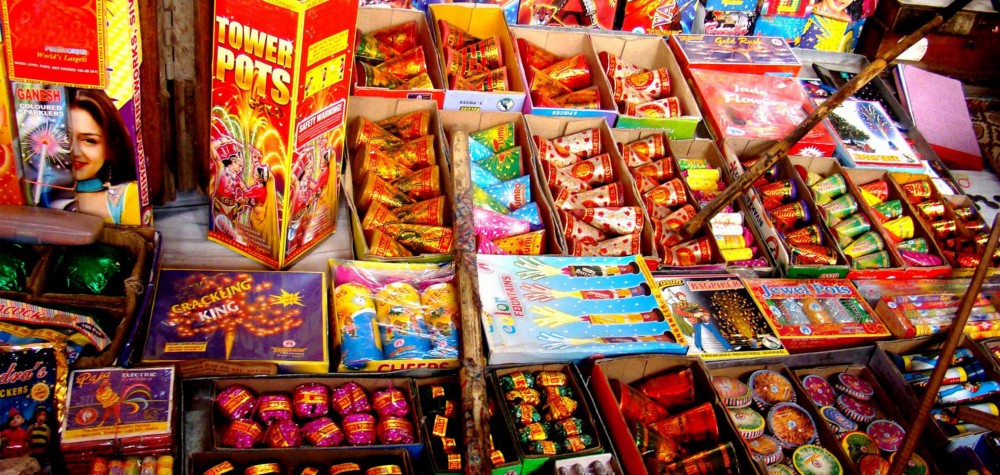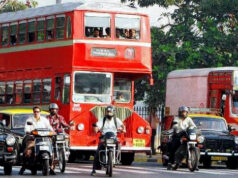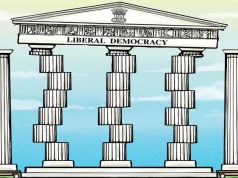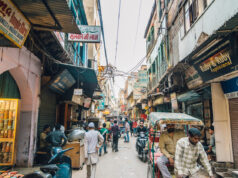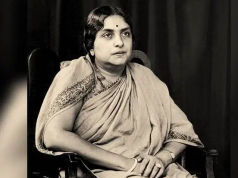As we welcome Diwali today, several people in Delhi and NCR are not in the usual festive mood. That is because of the recent Supreme Court order banning the sale of firecrackers in Delhi and NCR till November 1, 2017. As a result, there will be no firecrackers sold on the eve of Diwali. This has expectedly led to some consternation among Delhiites, since they consider the setting off of firecrackers as an essential part of the Diwali experience. The order has even been derided as being anti-Hindu from some quarters.
Before making any comments or forming an opinion on the efficacy of the judgment, it is useful to first be informed about the context as well as content of the judgment itself. The judgment is in response to a petition filed in 2015 “seeking wide ranging reliefs against the use of fireworks (including fire crackers), prevention of harmful crop burning, dumping of malba and other further steps towards environmental purity.” In response to this petition, the Supreme Court had, through an order dated November 11, 2016, issued interim directions to the Central Government to suspend all licenses for sale of fireworks within NCR, effectively banning the sale of firecrackers within NCR, till further orders from the Court. The Central Pollution Control Board (CPCB) was also directed by the apex court to, within three months, study and prepare a report on the harmful effects of the materials used in the manufacture of fireworks.
However, the CPCB failed to prepare the report under the pretext that firecrackers do not come within its jurisdiction. In its order dated September 12, 2017 in the matter, the apex court held that a continuing the complete ban was too radical a step, and instead opted for a ‘graded and balanced approach’ as per which the ban was lifted, and the Delhi Police was only directed to reduce the grant of temporary licenses for the sale of firecrackers within NCR to 50% of the licenses granted in 2016. Via this order, the Court also directed studies into appropriate standards for ambient air quality in relation to the bursting of fireworks and the release of their constituents in the air, and into the impact of bursting fireworks during Dussehra and Diwali on the health of the people (to be completed by December 31, 2017).
The Supreme Court again flip-flopped on its order merely four weeks later. In an order dated October 9, 2017, it re-imposed the blanket ban on sale of fireworks within Delhi and NCR, and also directed that its directions from its September 12 order will be effective only from November 1, 2017. The rationale behind this temporary ban on sale during the Diwali season was to test for at least one Diwali the impact of no sale of firecrackers during Diwali on the level of air pollution in Delhi.
The question we shall attempt to answer is: from a classical liberal perspective, is the ban justified?
Classic liberalism, of course, places great value on the sanctity of individual liberty over. According to liberals, any fetters on individual liberties are justified only if these liberties could be used to harm others in some way. This is based on John Stuart Mill’s ‘harm principle’, as per which “[t]he only purpose for which power can be rightfully exercised over any member of a civilized community, against his will, is to prevent harm to others”.
A liberal justification for the ban must, therefore, demonstrate three things: that a significant number of people are protected by the ban; that the collateral damage from the ban is much less than the benefits from it; and that a ban the only instrument through which these benefits can be achieved.
Before going into an analysis of these questions, it is important to reiterate that that the purpose of the ban is not to put a permanent moratorium on the burning of firecrackers in Delhi and NCR, but to test the impact of firecrackers on air pollution levels during Diwali season, in order to make an informed decision about the regulation of the use and sale of firecrackers during Diwali in the years to come.
Now, it is common knowledge that Delhi is one of the most polluted cities in the world, and has dangerously high levels of toxic pollutants in its air. On top of that, anyone who was in Delhi during and immediately after the Diwali period last year will remember what came to be known as the Great Smog of Delhi. In the first 10 days of November 2016, which coincidentally was right after the Diwali celebration on October 30, Delhi resembled a gas chamber, as visibility was reduced to a couple of hundred metres, and it was difficult to walk outside without coughing or having one’s eyes watering. The situation was so bad that the Delhi government had to undertake a slew of emergency measures, including shutting down schools and stopping construction work for a few days. There are a host of studies which have shown that the concentration of harmful particulate matter in the Delhi air shot up during the first few days of November 2016, right after Diwali, as well as the hazardous levels of particulate matter emitted by different common types of firecrackers burnt during Diwali. The correlation between the two is fairly simple to make out. However, for the sake of convincing the sceptics and the deniers, the ones who still are not convinced about the Diwali firecrackers being the root of the surge in air pollution levels, there is no other comprehendible way out except to test out a Diwali without firecrackers.
Hence, prohibiting the sale of firecrackers within Delhi and NCR during Diwali does violate the liberty of individuals to buy and sell, and consequently use firecrackers during Diwali. However, a study of the air pollution levels after a theoretically firecracker-bereft Diwali, and its comparative analysis with analogous data from previous years will answer the question of the impact of Diwali firecrackers on the air pollution level in Delhi once and for all. It will also save both those for and against a permanent ban on firecrackers the effort to articulate themselves around the Diwali season each year, along with the trouble of championing their stance in prolonged litigation. Hazardously polluted air, after all, is something that doesn’t discriminate, and adversely affects everyone: those who advocate for the ban as well as those who argue against it.
Even so, a proviso needs to be added: the way the Supreme Court has gone about imposing the ban leaves a lot to be desired. For one, imposing the ban to removing it to reinstalling it again, all in the span of twelve months, is not the kind of fickle-mindedness one would expect from the highest court of the land. Secondly, the judgment does completely ignore the very legitimate grievances of firecracker sellers who had stocked themselves with supplies in anticipation of Diwali only to be given the rude shock of the ban a mere 10 days before Diwali. By account of anecdotal evidence, most of these sellers are selling away their stocks in the black market, thereby undermining the intent of the ban altogether. Thirdly, it is strange that the Court didn’t consider, in the course of its decision, the fact that while air pollution levels around Diwali have been increasing over the last few years, there has been a parallel decrease in the manufacture and sale of firecrackers (although, to be fair to the apex court, we are not sure whether this fact was presented to the court in the course of the pleadings in the case). Finally, it is also curious that the Court didn’t pull up or penalize the CPCB for blatantly disregarding its order from November 2016 about preparing a report on the adverse effects of materials used to make firecrackers, and has, moreover, again entrusted the CPCB to chair another study which is to be finished by the end of this year.
The author would like to acknowledge Satya S. Sahu for his research assistance with the subject matter. Satya is a final year undergraduate student of law at the National Law School of India University, Bengaluru. He is currently interning with the Research Department at CCS.
Post Disclaimer
The opinions expressed in this essay are those of the authors. They do not purport to reflect the opinions or views of CCS.

